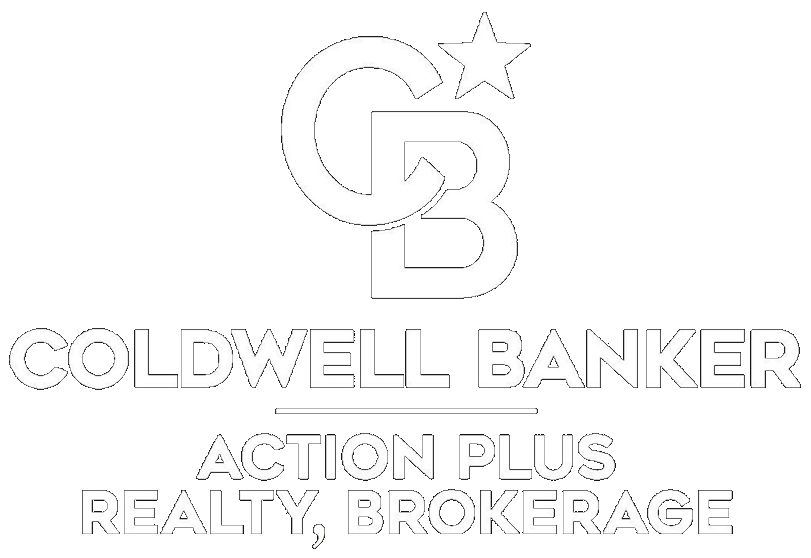Despite the pandemic and the rising costs of homes in Simcoe, Port Dover… all across Norfolk County and Southern Ontario, real estate is still a crucial investment. That’s why the market is still so hot. Accompanied by the low-interest rates available, it’s an interesting time to be both the seller and the buyer.
The market, especially in its current state, can be a little intimidating though. There’s even more pressure for first-time homebuyers. That’s why we put together this step-by-step guide to buying a house.
STEP 1. SAVE FOR YOUR DOWNPAYMENT
This is a big first step, often starting years before the purchase. In Canada (for homes under $500,000) we need to make a minimum downpayment valued at 5% of the purchase price. If possible though, you’ll want to put down 20%, to save yourself a lot of money in the long run.
The Canadian Mortgage and Housing Corporation (CHMC) protects the lender (the mortgage company) in case the borrower (you) defaults on the mortgage. Mortgage default insurance is mandatory on all mortgages with down payments of less than 20%. Since this is insurance, the monthly premiums are added to your total mortgage. The following table show’s how much extra you end up paying on a $500,000 home with a five-year fixed mortgage of 2.24%, by not putting 20% down.
| 5% DOWN PAYMENT | 20% DOWN PAYMENT | |
| DOWN PAYMENT AMOUNT | $25,000 | $100,000 |
| MORTGAGE INSURANCE | $19,000 | $0 |
| TOTAL MORTGAGE | $494,000 | $400,000 |
| MONTHLY PAYMENT | $2,150 | $1,740 |
| TOTAL PAID OVER 5 YEARS | $50,872 | $41,192 |
The above table show’s the homeowner paid an additional $9,680 over the five-year mortgage.
Don’t forget when saving for the down payment, you’ll need about 3% of the purchase price in addition to the down payment for closing costs. This includes land transfer tax, lawyer fees, title insurance, and home inspection (optional).
STEP 2. ORGANIZE YOUR FINANCES AND PAPERWORK
While saving your down payment, begin taking steps to improve your credit, organize your finances, and other necessary paperwork.
Start by paying down your debt. If you have any credit card debt, student or car loans, pay those off. Not only will it help free up your finances, but it will improve your credit score. The better your credit score, the better rate you’ll receive on your mortgage.
Applying for a mortgage usually means you’ll need a lot of paperwork, this is a good time to organize it. Some items you’ll need to collect include:
- Current employment information for everyone signing the mortgage, such as a T4, letter from your employer, or paystub.
- Proof of other income, such as investments.
- A history of your savings and investments in the past three months.
- If you are using a financial gift (usually from a parent), you’ll need a letter confirming it’s a gift, not a loan.
- If you are using the Home Buyers Plan, you’ll require proof of withdrawal from your RRSP.
- A complete inventory of all assets and debts in your name, including cars and car loans.
- A void cheque.
This is also a good time to research any rebates or grants at your disposal. As you’re finding out, buying a home is expensive, so you’ll want to take advantage of programs you may be eligible for. This may include a rebate on the HST you paid on your house, possible new home-buyer incentives, even rebates on energy improvements to the home after you purchase it. Rebates from the government or utility companies are often coming and going, helping to pay for improvements like new windows and doors, new insulation, new appliances, HVAC, etc. Knowing what rebates you’ll qualify for can make a difference in the home you purchase.
STEP 3. RATE SHOPPING AND PRE-APPROVAL
It’s imperative, especially for first-time homebuyers to shop mortgage companies and rates. This could end up saving you thousands over the life of your mortgage. Feel free to visit your banks’ mortgage agents, as well as a mortgage broker or two. You’ll find they offer you different experiences as well as different rates.
During this research, you’ll want to get pre-approved for a mortgage. It’s free and it doesn’t commit you to a lender either, but it gives you valuable information for the house hunt, including how much you can afford to spend.
STEP 4. FIND YOUR HOME
It doesn’t hurt to interview a couple of different realtors, ask your friends and family for referrals too. You want to work with some who has experience in the area, and strong ties to the community. You should trust your realtor and enjoy being around him/her as you’ll be working closely together.
Finally, the fun part… you get to start house hunting! Some homebuyers find it helpful to have a list of “must-haves” as well as the “nice-to-have” list. Being armed with this important info, as well as your pre-approval, and knowledge of grants and rebates will take much of the stress and confusion out of the process.
STEP 5. MAKE AN OFFER
Things can happen quickly when you find the house you want. You’ll submit an offer to purchase, which may be the only offer or may be in competition with other offers. Your realtor will guide you through this process. Once you have an accepted offer, you’ll give a cheque to your realtor for the amount of your down payment and then finalize the financing with your mortgage broker. If your purchase is conditional on a successful home inspection, then you’ll set an appointment with the inspector to come out within the next few days.
Once all parties have signed off on their ends, you’ll meet with your lawyer and transfer the title into your name. The closing process is usually 30-60 days, depending on the timeline laid on on the accepted offer. Then all that left to do is call the movers and pack.



